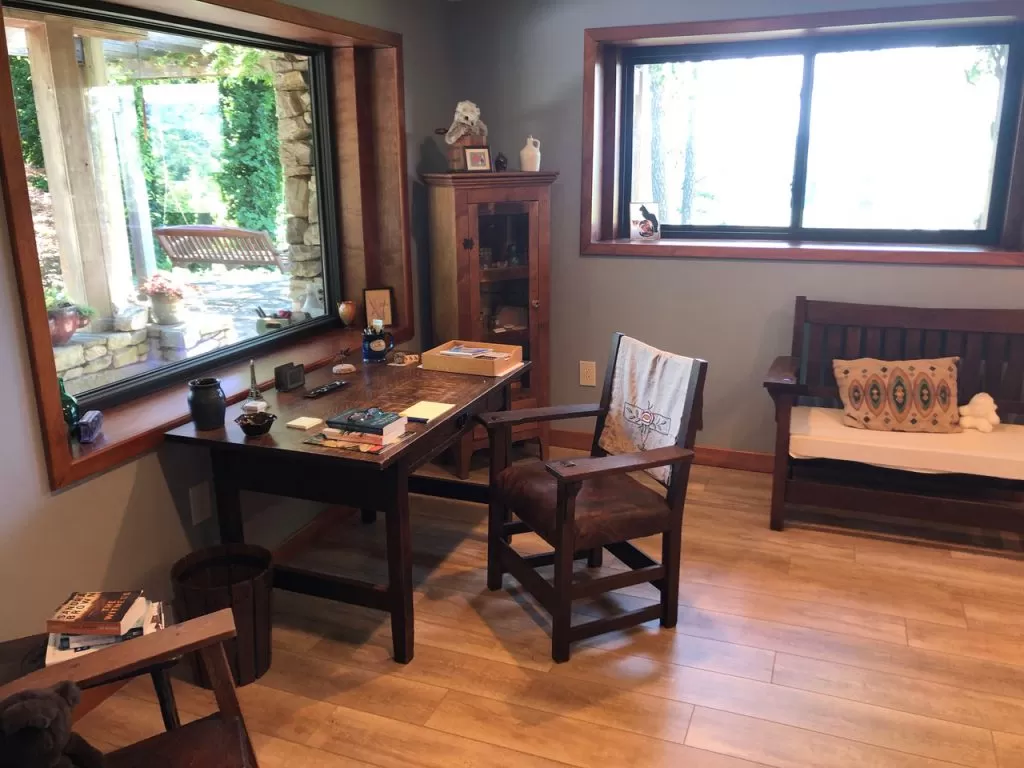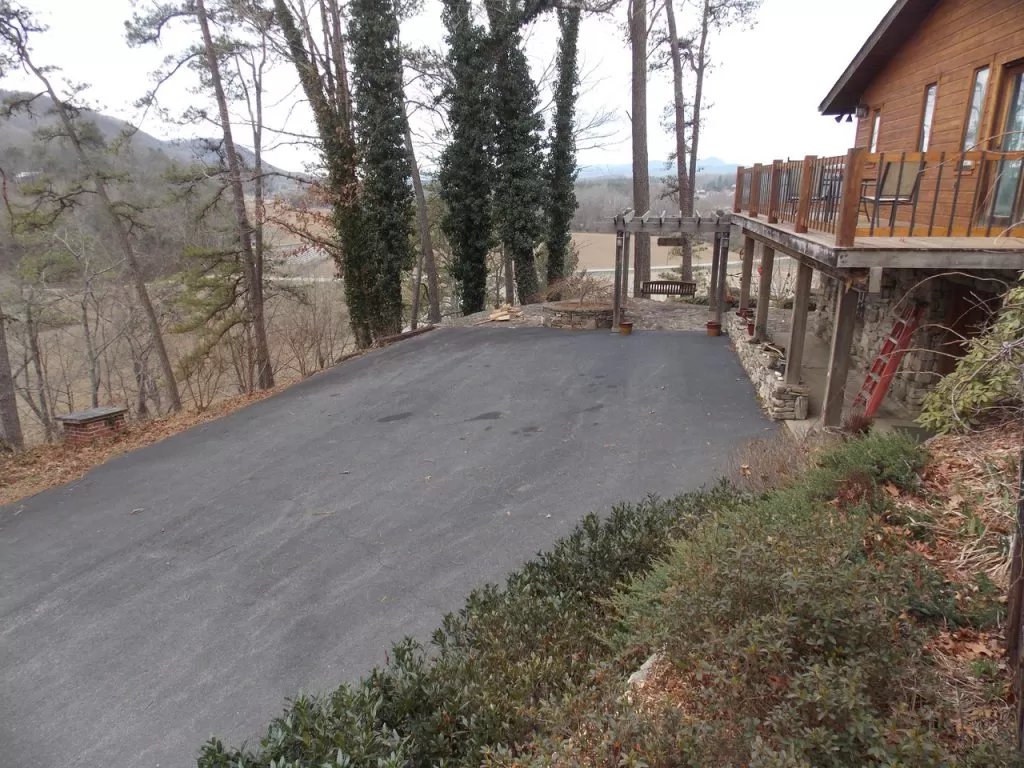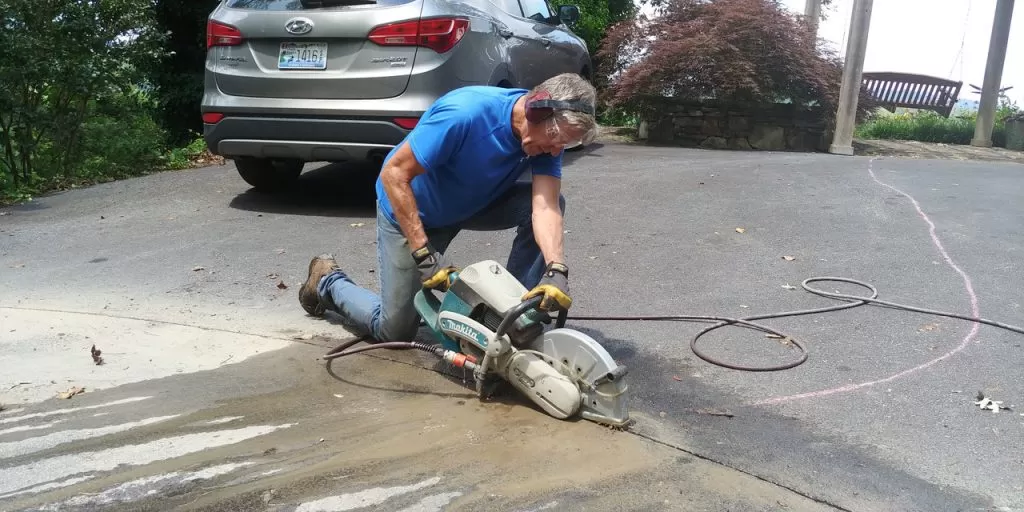Another Summer, Another Major Project
by Bruce Johnson
As some of you may recall, last summer Leigh Ann and I started a three-month remodeling project, gutting the entire lower level of our 1972 ranch house and rearranging rooms, walls, and doors. Once again I served as the general contractor, pulling permits, scheduling sub-contractors, hiring day laborers, meeting with building inspectors, and hauling out the trash each night. Because of circumstances beyond my control, namely a three-month delay in the windows and doors, our ninety-day project stretched into seven months.

Now that I have nailed the last of the window trim in place, I thought a summer off from a major project would be in order. Not the case. When our house was built in 1972, it had parking for two cars located inside the lower level. Rather than a yard, our house came with an oversized, black asphalt driveway across the entire southern side. Even though a previous owner had in the 1990s remodeled the garage bays into two additional downstairs bedrooms, the driveway – which I called our WalMart parking lot — remained. From any of our southern windows and deck what you had to look at was this large slab of black asphalt.

Leigh Ann and I had talked about taking a portion of the asphalt out to make room for additional flower gardens and a flagstone path, but our planning sessions never got past the second glass of wine. Two weeks ago, however, I came home to find Leigh Ann crouched down in the driveway with a small box of oversized sticks of chalk, marking out flower beds, planters, and the borders of the curved flagstone path. What had consumed two years and several bottles of wine in discussions took her about an hour to suddenly map out in green, yellow, and blue chalk lines.

For those next two weeks we lived with her chalk outlines just as if they were for real, parking our cars below the cut line and walking along the proposed flagstone pathway. After just a few minor adjustments, we were ready to take the first step: using a gas-powered concrete saw to cut a curved line through four inches of packed asphalt for a total of 30 feet. It took me four hours and two diamond-tipped blades to realize I should have hired a younger person to do it, but I got it done.

In theory, we might not have needed the cut line, but we have no idea whether the old asphalt will lift out in large slabs or whether it will crumble under the stress of the backhoe bucket. Regardless, cutting the line through the asphalt should give us a perfectly planned, perfectly curved line separating the new gardens from the old asphalt we are leaving for our cars.
Next Step: Pulling out the unwanted asphalt.
Until next week,
The difference between a Dream and a Goal is a Plan.
Bruce
